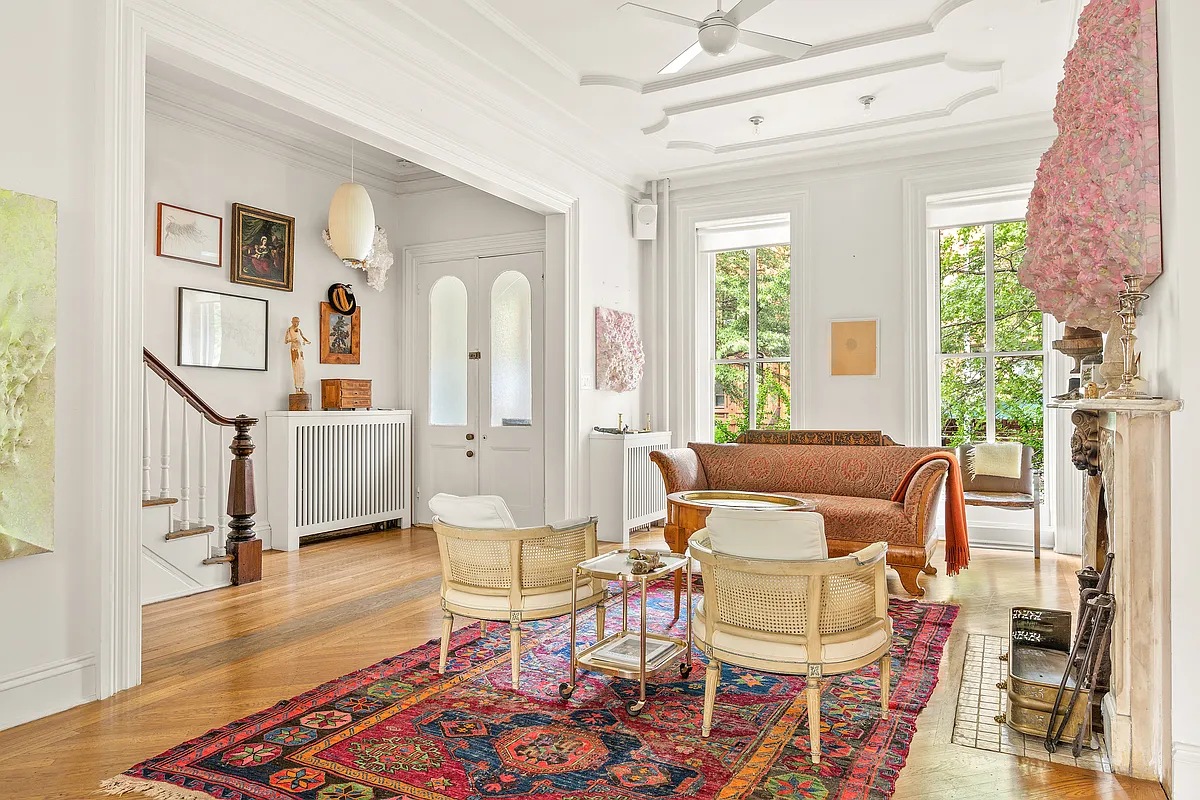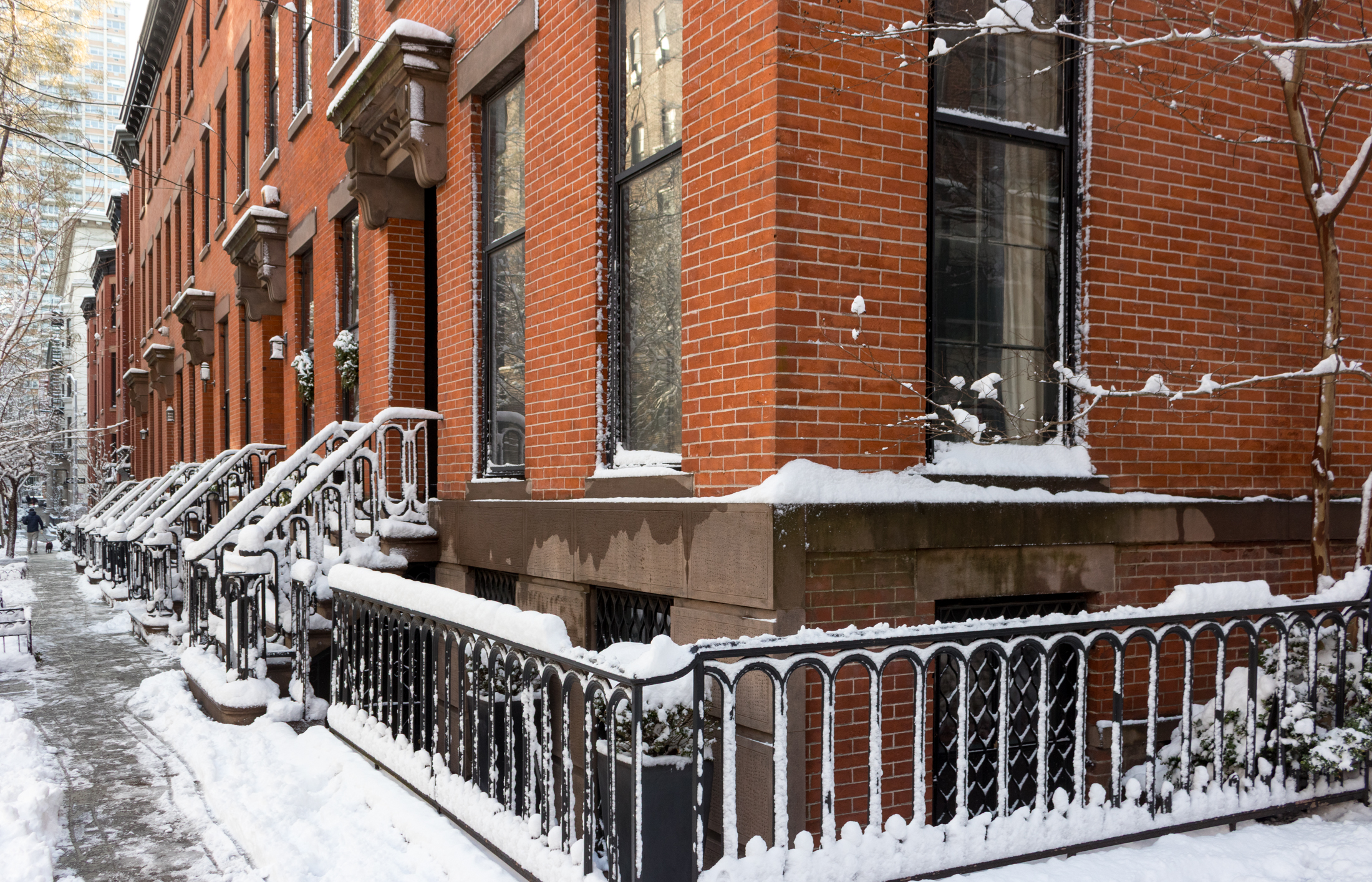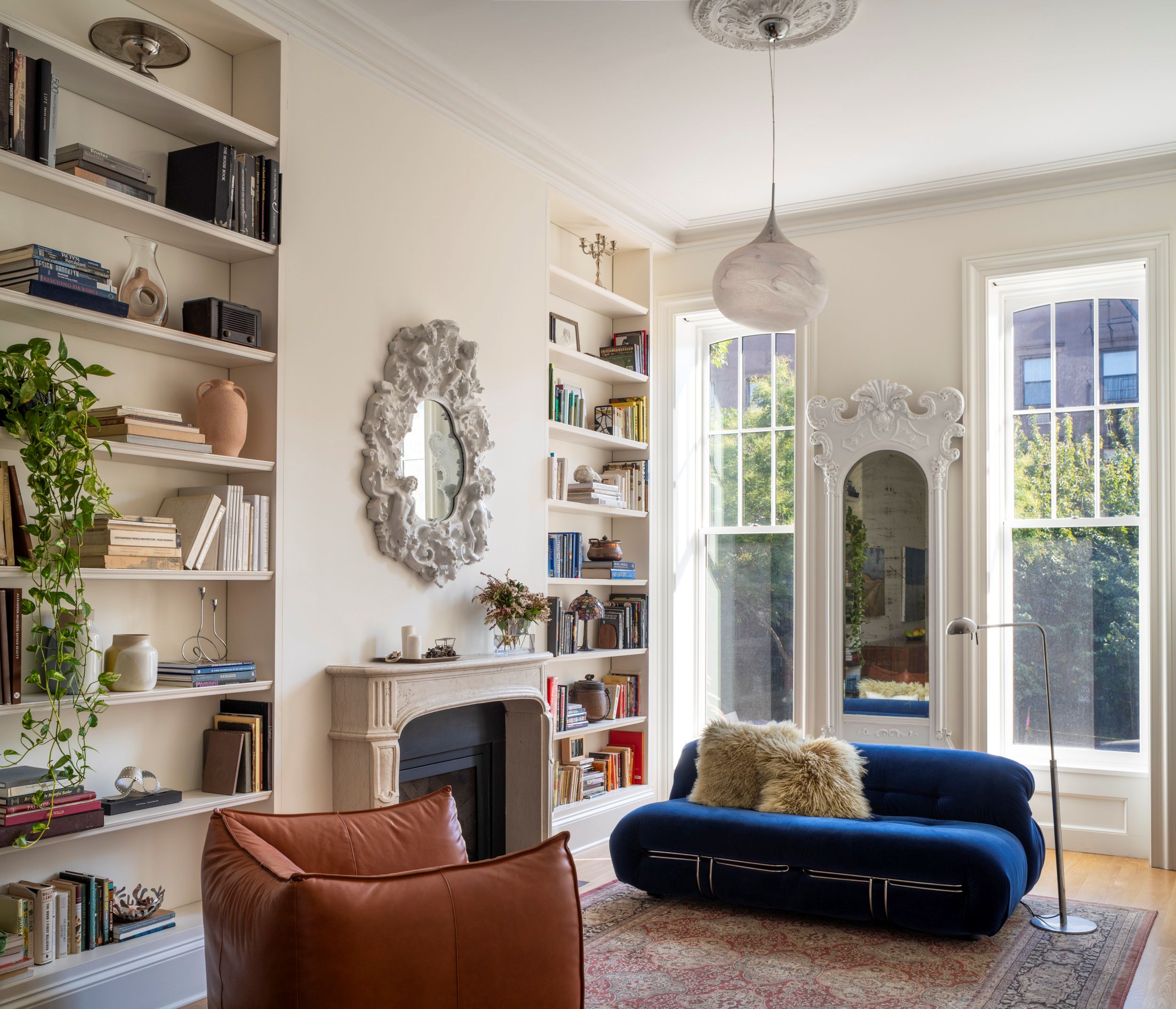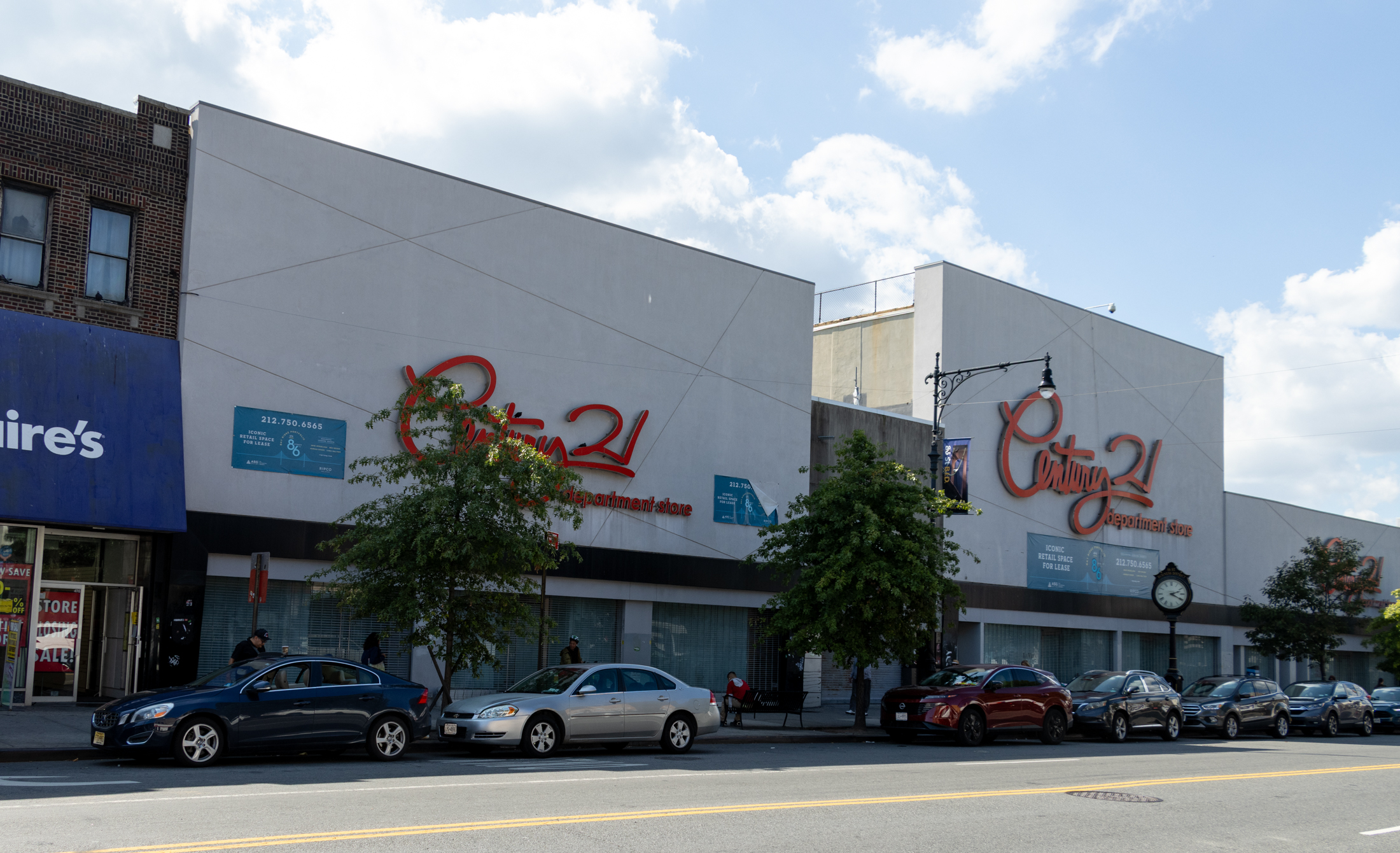Not-So-Bitter Renters Embrace Brooklyn
Brownstone living is no great shakes, say people profiled in this week’s Times’ real estate section cover story. The premise of the article is that there’s a new crop of Brooklynites who go ga-ga over our borough’s condos-turned-rentals because they’re much cheaper than similar full-service buildings in Manhattan. These renters say they’re not interested in…


Brownstone living is no great shakes, say people profiled in this week’s Times’ real estate section cover story. The premise of the article is that there’s a new crop of Brooklynites who go ga-ga over our borough’s condos-turned-rentals because they’re much cheaper than similar full-service buildings in Manhattan. These renters say they’re not interested in trad brownstone living because it lacks newfangled amenities, and they don’t want to buy a condo in today’s market. My peers who have their M.B.A.’s and their new master’s degrees and new jobs, they’re looking for new condos; they’re not into the traditional houses or brownstones, says a guy who rents a $2,550-a-month pad at Bed-Stuy’s The Mynt, above. This is the lifestyle we like. You cannot put a fitness center in a brownstone. You don’t have a doorman in a brownstone. Rentals are increasingly in demand, according to stats from StreetEasy that show Brooklyn rents rising 6 percent over the past year and sales prices falling 4 percent. If this is indeed a trend, one wonders how long-lived it’ll be. If more new buildings are planned as rentals rather than condos, how many developers are going to outfit their buildings with pricey condo-style trappings?
They Love (the New) Brooklyn [NY Times]





1:32 — I looked at roughly 95 brownstones before buying one. Of those 95, at least 40 were wrecks that looked like pitiful reminders of their magnificent past, chopped up, badly maintained, etc. Virtually all of the rest were even worse: “renovated” by people with no taste and not enough access to credit, trying to coerce an old building to accommodate a modern life without enough thought. I don’t think I saw more than one that I actually wanted to move into and live in as is, and not more than half a dozen that had actually aged well (there were still some untouched single family houses in those days).
Brownstones have beautiful facades and their moderate density makes for nice neighborhoods. But relatively few people have figured out how to adapt them beautifully and usefully to smaller families, modern CVAC, informal eating habits, no servants and so on.
Well la-di-da 1:32. Feel superior much?
Not everyone can afford to buy a brownstone house, or can afford to pay $800 a month maintenance for a coop apartment in a brownstone building on a brownstone block. On top of buying the place.
We ourselves do own a brownstone house but at least we’re capable of understanding not everyone can afford it!
Jeez. Sometimes I’m ashamed to be part of the snooty patooty Brownstone-owner crowd.
1:36 – total nonsense
I had my brownstoner handed to me on a silver platter.
I had my brownstoner handed to me on a silver platter.
The interesting thing about the article is that people with choices are (1) choosing to live in Bedstuy at a rather high rent, and (2) prefer to rent, at least while rents are cheaper than the even higher sales prices.
So long as buyers are willing to move further out and into previously unacceptable neighborhoods, and so long as the city keeps rezoning to create vast new high density areas, it is hard to see why land should continue to have enormous scarcity value.
Thus, NY’s market should stabilize with comparable prices for rentals and purchases, both of which should reflect the actual costs of building high-end housing (about $500/s ft., apparently). Builders will build new buildings whenever they can buy land cheaply enough to allow profits as rentals or sales.
Eventually, supply will increase enough to bring prices down to costs.
Current rental prices seems to reflect these actual costs for luxury housing. Landlords of older homes are exploiting the inefficiency of the market to charge higher prices than they could get in a competitive market. Their ability to do this will drop as the high-end market expands.
Current prices for sales, on the other hand, are far higher than the fundamentals warrant.
In the short run, this becomes self-reinforcing: because prices for land and obsolete buildings are high, developers face high acquisition costs which make them unwilling to develop unless they can get high sales prices which reduces supply, keeping prices (including land prices) high.
In the medium run, however, potential owners are likely to decide to rent instead. For most people, and especially for potential condo owners looking for relatively generic housing, it makes little sense to own if owning is likely to cost more money than renting. As these potential new entrants into the housing market decide to rent, prices will go down. Some condo developers will switch to rentals, and others may see a niche in quality rentals. This will eliminate the only remaining reason to buy, namely the shortage of quality rentals, thus reducing demand for sales even further.
Meanwhile, as general prices drop, developers will be unable to pay the silly prices they’ve been paying recently for land acquisition, so land/obsolete house prices will go down too.
This process could take a few years, but relatively quickly we should see a convergence to normal prices, in which buyers save money by buying (because they are assuming risk and because they are tying up capital), and sales prices are no higher than replacement costs.
For most of Brownstone Brooklyn, this suggests price drops of roughly 50%.
The only new building in Brooklyn I can think of that is going to still look good in 10 years is Toren.
The rest are crap and will look horrible in 10-20 years.
Brownstones age well. They look as beautiful today as they did 100 years ago.
I see very few people in their 20’s and 30’s appreciating much of anything but gin and tonics and britney spears.
Today’s modern design will be tomorrow’s garbage. Give it 10 years.
Remember those cool modern compressed wood wall panels of the 70’s? They were so hip even some station wagons had them installed on the exterior.